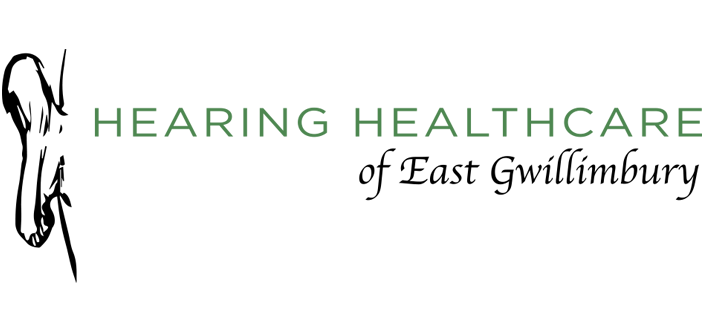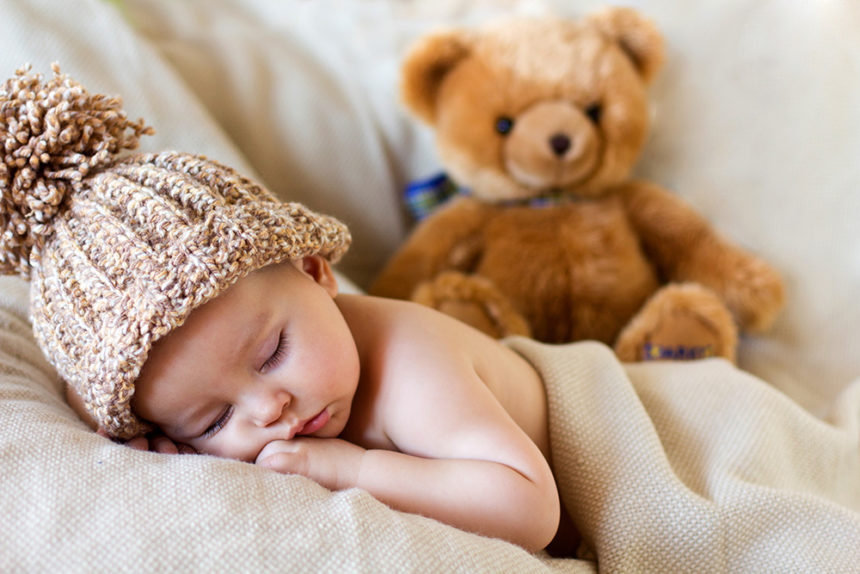Noise levels of sleep machines may be too high according to research from Toronto’s Sick Kids Hospital
CBC News article Posted March 3, 2014
White noise machines used to help infants sleep are often capable of producing industrial-scale levels of sound that could have harmful effects to children overexposed to them, suggests a new study.
The study released Monday in Pediatrics found that the sound pressure generated by these sleep machines on regular daily use can damage infant hearing as well as lead to impairment in the development of speech and language.
“These machines are capable of generating hazardous levels of noise. I’m not talking about benign noise — these are capable of delivering noise at industrial levels above that which we would consider safe for industry,” Dr. Blake Papsin of Toronto’s Sick Kids Hospital, and co-author of the study, told CBC News.
The study says the maximum levels of 65 sounds in 14 different infant sleep machines were tested at three distances: 30 centimetres (to simulate placement on a crib rail), 100 centimetres (simulating placement near a crib), and 200 centimetres (to simulate placement across the room).
In all cases, Papsin said the machines exceeded the current recommended 50 dBA noise limit for infants in hospital nurseries.
“Three machines produced output levels .85 Aweighted dB, which, if played at these levels for 0.8 hours, exceeds current occupational limits for accumulated noise exposure in adults and risks noise-induced hearing loss,” the study read.
With the exception of one machine, they all also exceeded that recommendation from 200 centimetres away.
Safety Levels Underestimated
Papsin added that another finding in the study suggests that safe sound levels may be underestimated when it comes to babies.
“The infant’s ear … is very different than an adult. When we modelled that in the calculations, we found that the estimates of sound pressure that we were using, the safety level might be underrepresented, because the ear canal of the baby actually might be more susceptible than the adult ear. So our safety levels are underestimates,” he said.
Papsin said much of the evidence for the value of the white noise machines is purely anecdotal, but may be slightly overblown.
The study has led them to make recommendations to both parents and manufacturers.
He said they would ask manufacturers to limit the output of the machines to a level below “the minimal level of occupational safety.”
As for parents, Papsin acknowledges that they might not stop using the machines completely, but that the goal of the study was to start a conversation.
“So what I wanted to do was start a discussion among families and parents that perhaps in exposing noise to infants, we have to consider it in a dose context maybe too much is not good,” he said.
He urges parents to use the machines minimally, as far away from the children as possible, with less frequency and at the lowest volume.
For more information, please contact HEARING HEALTHCARE of East Gwillimbury
Call (905) 478-2929
Reference:
http://www.cbc.ca/news/health/infant-sleep-machines-have-dangerous-noise-levels-study-says-1.2555838

